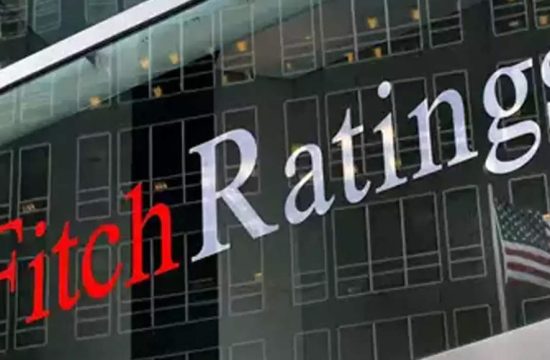
Lenders to home builders have reduced their exposure to lesser rated firms drastically in the past year as the proportion of exposure to double B and above rated builders have risen more than a quarter in some cases. As per a research made by Emkay, mortgage lender HDFC ltd has the lowest exposure to BB & below book at 3% followed by L&T Finance at 10% and PNB Housing at 16%.
Though Edelweiss with a BB & Below book at 46%, Piramal Enterprises at 34% and LIC Housing Finance at 24%, are still holding fairly large low rated developer portfolios. Analysts say better lending profiles will lead to lower delinquencies in this portfolio.
“We expect that the recent consolidation in the developer book for most of these lenders led to an improvement in underwriting practices in the December quarter,†said Jignesh Shial, analyst with Emkay. “Such a sharp improvement in the lending profile should ensure relatively fewer defaults and steady provisioning charges in coming quarters.â€
“With strong demand in housing and low interest rates, we believe that developer financing could be on the cusp of a turnaround and may see strong growth momentum,†he added.
The research done by Emkay suggests that while HDFC is best placed among mortgage lenders LIC Housing Finance inability to price risk is a major concern. LIC housing finance with nearly 27% of charges created against BB & below projects and developers has more than 53% of these charges priced up to 12% yields, whereas HDFC with merely 3% of charges against BB & below book has managed to maintain 49% of book up to 12% yields.
“Housing finance companies are now willing to fund established builders,” said Rajesh Gupta, managing partner at SNG and Partners. “Builders backed by good corporate governance and ESG compliance should be the beneficiaries. But, performance pressure will be high on them to deliver. The initial structure could be mazzenine funding,” he said.
In terms of geographical concentration, most financiers have diversified their exposure with the share of West and North regions declining and the share of southern developers increasing in the overall portfolio, the research shows.
After the onset of the pandemic most Indian cities have seen decline in new launches by developers, as they recalibrate risk. Though time correction in property prices, all-time low interest rates and stamp duty cuts in certain pockets have led to enormous rise in sale of residential property. Unsold inventory (in units) was down 10% year-on-year at 34 months in January 2021 from 30 months same period last year.






